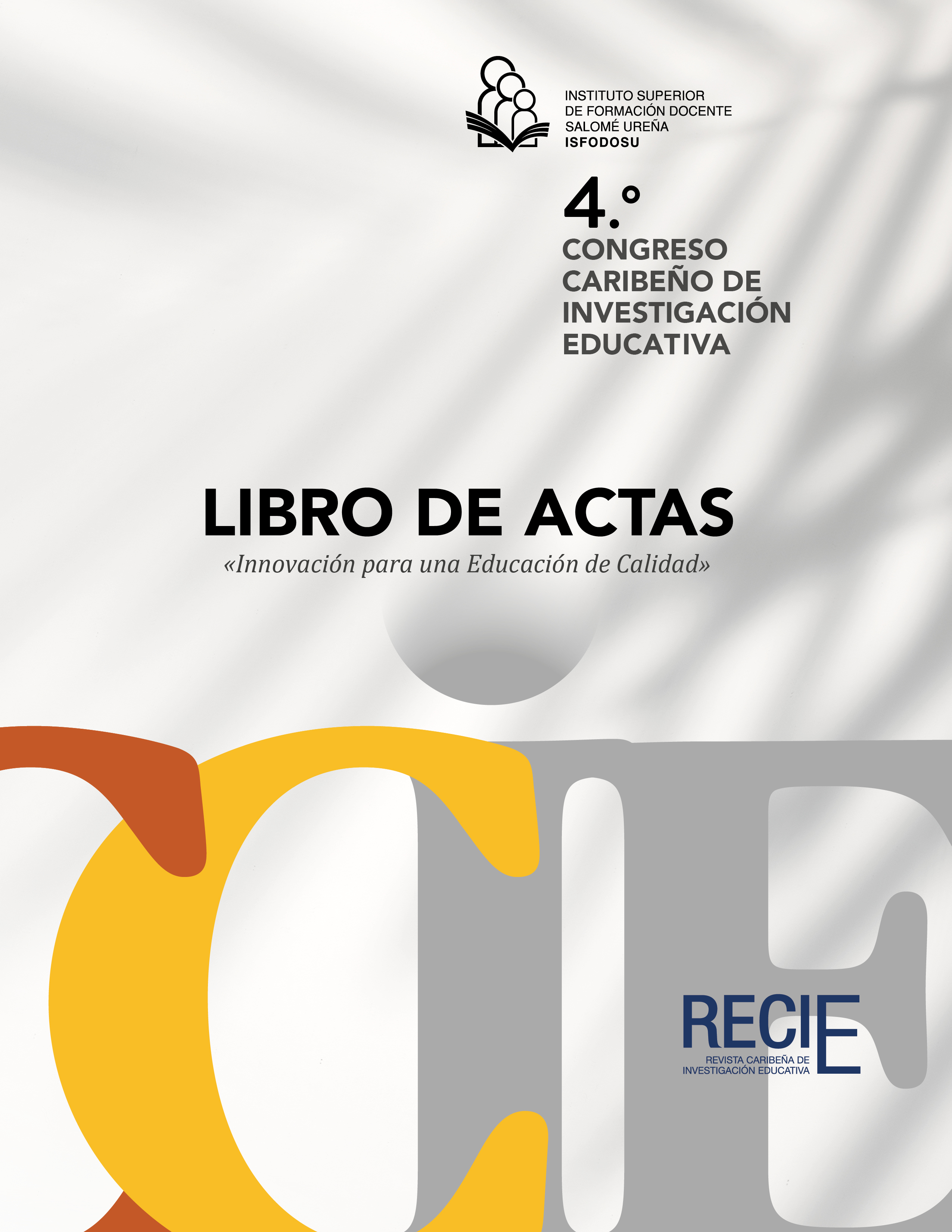La enseñanza de la estadística de pregrado siguiendo los pasos de un proyecto de investigación y empleando las TIC
Descargas
Resumen
¿La recolección y el análisis de datos siguiendo los pasos de un proyecto de investigación científica, fortalece el pensamiento estadístico en la enseñanza en el nivel de educación superior? Para responder esta pregunta se recuperaron los recursos didácticos empleados en un curso de Especialización. En el diseño instruccional se consideran cinco aspectos: a) la revisión de los conceptos, b) la operacionalización de las variables, c) la elaboración y aplicación del instrumento de recolección de datos, d) la validación de la base de datos, e) la exploración y el análisis de datos empleando la estadística descriptiva. Se fortaleció el pensamiento estadístico porque se trabajó con datos reales, despertando el interés e involucramiento de las y los estudiantes. Se mejoró el entendimiento del proceso de la investigación científica empleando técnicas de análisis cuantitativo y se fortaleció la comprensión de principios centrales de la estadística como son la variabilidad y la distribución.
Palabras clave
enseñanza estadística, pensamiento estadístico, investigación científica, diseño instruccional
Publicado
Número
Sección
Cómo citar
Licencia
Derechos de autor 2024 Congreso Caribeño de Investigación Educativa

Esta obra está bajo una licencia internacional Creative Commons Atribución-NoComercial-SinDerivadas 4.0.
Citas
Ben-Zvi, D. (2000). Toward understanding the role of technological tools in statistical learning. Mathematical Thinking and Learning, 2(1-2), 127-155. https://doi.org/10.1207/S15327833MTL0202_6
Cobb, G. W., & Moore, D. S. (1997). Mathematics, statistics, and teaching. American Mathematical Monthly, 104, 801-823.
Cobb, P., & McClain, K. (2004). Principles of instructional design for supporting the development of students’ statistical reasoning. In D. Ben-Zvi y J. Garfield (Eds.). The challenge of developing statistical literacy, reasoning, and thinking. (pp. 375-396). Dordrecht, The Netherlands: Kluwer.
Garfield, J. B., & Ben-Zvi, D. (2008). Developing students’ statistical reasoning: Connecting research and teaching practice. New York: Springer.
Makar, K., & Fielding-Wells, J. (2011). Teaching Teachers to Teach Statistical Investigations. Cap. 33 (pp. 347-358). DOI 10.1007/978-94-007-1131-0_33
Moore, D. (1997). New pedagogy and new content: The case of statistics. International Statistical Review, 65(2), 123-137.
Pfannkuch, M., & Ben-Zvi, D. (2011). Developing Teachers Statistical Thinking. Cap. 31 (pp. 323-333). DOI 10.1007/978-94-007-1131-0_31
Reading, C., & Canada, D. (2011). Teachers Knowledge of Distribution. Cap. 23 (pp. 223-234). DOI 10.1007/978-94-007-1131-0_23
Sánchez, E., Borim da Silva, C., & Coutinho, C. (2011). Teachers Understanding of Variation. Cap. 22 (pp. 211-221). DOI 10.1007/978-94-007-1131-0_22
Shaughnessy, J. M. (2007). Research on statistics learning and reasoning. In F. Lester (Ed.), Second handbook of research on mathematics teaching and learning (pp. 957-1010). Greenwich, CT: Information Age Publishing and National Council of Teachers of Mathematics.
Tukey, J. W. (1977). Exploratory Data Analysis. Addison-Wesley, Reading, MA. United States.
Wild, C. J. (1994). On Embracing the “Wider View” of Statistics. The American Statistician, 48, 163-171.
Wild, C. J., & Pfannkuch, M. (1999). Statistical thinking in empirical inquiry (with discussion). International Statistical Review, 67(3), 223-265

